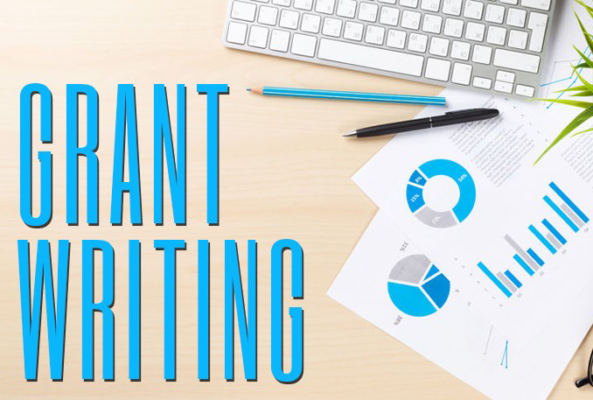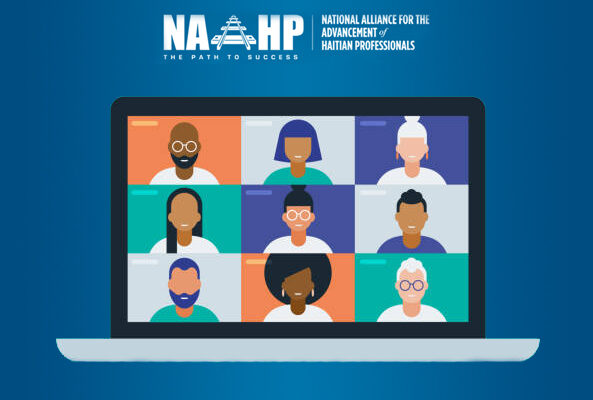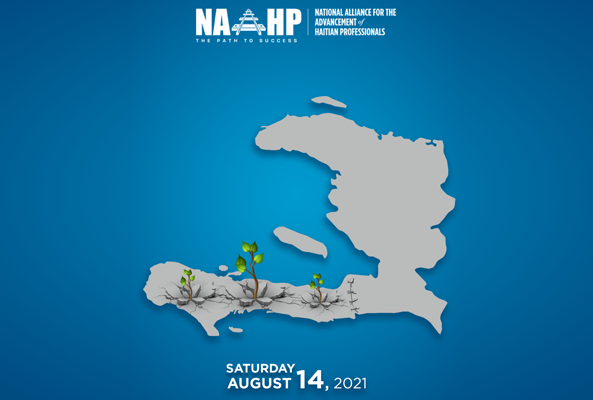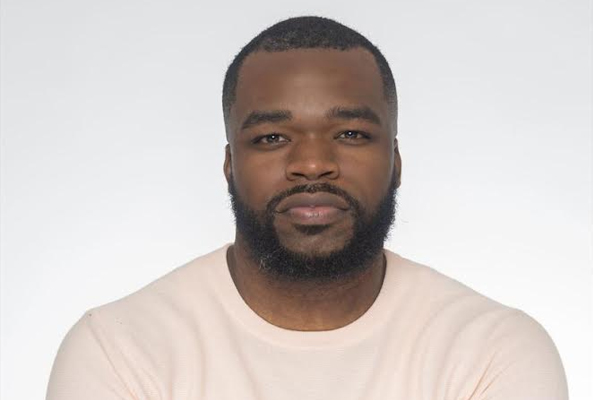
A Guide to Grant Writing
If you work for a non-profit or own a non-profit, there are many ways to get money for the organization. From fundraising to crowdfunding to grant writing, being a charitable organization makes it easy and often beneficial for someone to give you money. Out of all of these different approaches, grant writing is by far the most intricate and time consuming.
“What exactly is a grant?” is a question that I am asked constantly. A grant is money given to a company, non-profit, an educational institute, or an individual for a specific purpose. The money normally comes from a larger government organization, foundation, or company. It’s kind of like when your church raises money to give to a needy family. Or when a company pools money together to give to the family of an employee that just passed. It has a specific purpose, and normally there is a limit to the amount of money that you can receive.
I know that the thought of FREE MONEY sounds absolutely enticing, but it’s not 100% free. And it is definitely not for just anyone. Most of the monies that are given away are to non-profit organizations and small start-up companies. There are stipulations that comes along with the grant which can sometimes include follow-up reporting (depending on who granted the funds). Also, the turnaround time between submitting a grant and getting a grant can vary from 1 week to 1 year- all depending on the process that the organization who’s approving the funds has.
You can take online and in-person classes to learn to write grants. There are also books, seminars, worksheets and anything else that you can think of to help you learn how to write a grant. You can use google, online subscriptions to grant portals (which are extremely useful), informing yourself with the local foundations in your city, and your local city council to stay up to date with all of the available funding for your organization. Once you have where you want to submit to, you can start applying. Although it requires a lot of time and research, once you have all of your information gathered, putting it all together is pretty simple.
When writing a grant, there are several different ways you can submit to an organization. There are short informational letters called a Letter of Intent, which is a basic overview of your organization and what you’re asking funding for. There are proposals, which is a longer version of the Letter of Intent, with more detailed information and includes research and statistics. There are online applications in which you have to answer questions and attach documents before submission. The online proposals can be a 1-page application or several pages- it just depends on where you are applying to and how many questions they want to ask. There are applications that need to be submitted by paper (mailed in or dropped off). If these aren’t LOI’s, they are normally 2-6 pages in length, require attachments, and normally take several days to complete. All applications will ask for your IRS determination letter, and most places will ask for your board of directors, at least 1 year of financials, and a budget.

Here are some steps to help you create a great Letter of Intent:
1. Introduce your organization. Briefly give a synopsis of your what the organization is, what the mission is, and what the focus is. “Uniting Families, Inc. is a nonprofit organization focused on creating stronger relationships within the family structure. Our mission is to build a bridge within the family that creates long-lasting, generational bonds. In the introduction, you also want to state how much money you are asking. Stating it early in the proposal lets the reader know if they are even interested in funding that amount. It establishes early on your needs, and you’ll go on to explain why this need is important enough to fund.
2. In the second paragraph, provide some background information on the organization, and why it was created. “The organization was founded in 2011 by Dr. Elizabeth Wright who is a family psychologist. Throughout her years of working with families, she noticed the disconnect between mothers and daughters and wanted to create a program that would create a foundation and establish a strong family unit”, etc. You should also describe your program by creating a name for it aside from the name of the organization. Identifying it makes it more relatable and can get your reader to identify with your goal. For example, if my org’s name is Uniting Families, Inc., my program name could be “Mother-Daughter Connection”. This clearly tells the reader what the program is about and can warrant an emotion from them. You also want to state the purpose of your program. “Mother-Daughter Connection is a weekly workshop that has activities and classes that helps low-income and underserved mothers and daughters establish a closer relationship and helps build trust”. Why is this important, and what type of activities would help make this program plausible?

3. Explain, briefly, what the money will go towards. It doesn’t have to be a full explanation of the funding, but it should give an overall idea of the things that the money would cover if the foundation did grant you the money; “if funded, the budget would cover the cost of materials, activities, food, and travel”. You’ve already described what the activities are which is why this section just reiterates that.
4. Lastly, as you close out the proposal, thank the funder. Let them know that their contribution to this program would benefit whoever your program targets. Your closing statement should be strong and engaging.
You want to keep the LOI as simple as possible, no more than 2 pages in length. Anything longer would be considered a proposal. Make sure to make the LOI easy to read and personable. You want to grab the reader’s attention and invoke feeling in them. After all, who wants to give money to an organization that they don’t feel will be effective?
Working for or running a non-profit can be extremely hard but getting funding for it can be easy. Happy finding.


 English
English Français
Français Donate
Donate Partner
Partner Shop
Shop Login
Login










